Design Without Borders – The Universal Language of Creating Experiences
There are many things in this world that transcend boundaries, like art, literature, human rights, science, food, the environment, and emotions. While I count many of these among my passions, I’d like to focus on one – design.
Imagine the chaotic, high-energy atmosphere of a store compared to the respectful, serene healing spaces of a doctor’s office. At first glance, they might seem worlds apart, but look closer, and you’ll find that design – specifically human-centered design – is the bridge that connects them.
Human-centered design isn’t confined to one industry or another; it’s a universal language that enhances the human experience no matter the location, application, or size of a space. Let’s talk about some commonalties:
The Art of Creating Experiences
Human-centered design is all about creating experiences that put people…humans… at the epicenter of the experience. Whether you’re stepping into a captivating retail space, enjoying a relaxing stay in the hospitality sector, optimizing your workspace for productivity, or seeking wellness in a healthcare facility, the essence remains the same. It’s about making people’s lives better by delighting, informing, and engaging them and their unique needs. It’s about designing environments that heal, guide, uplift, or fuel productivity.
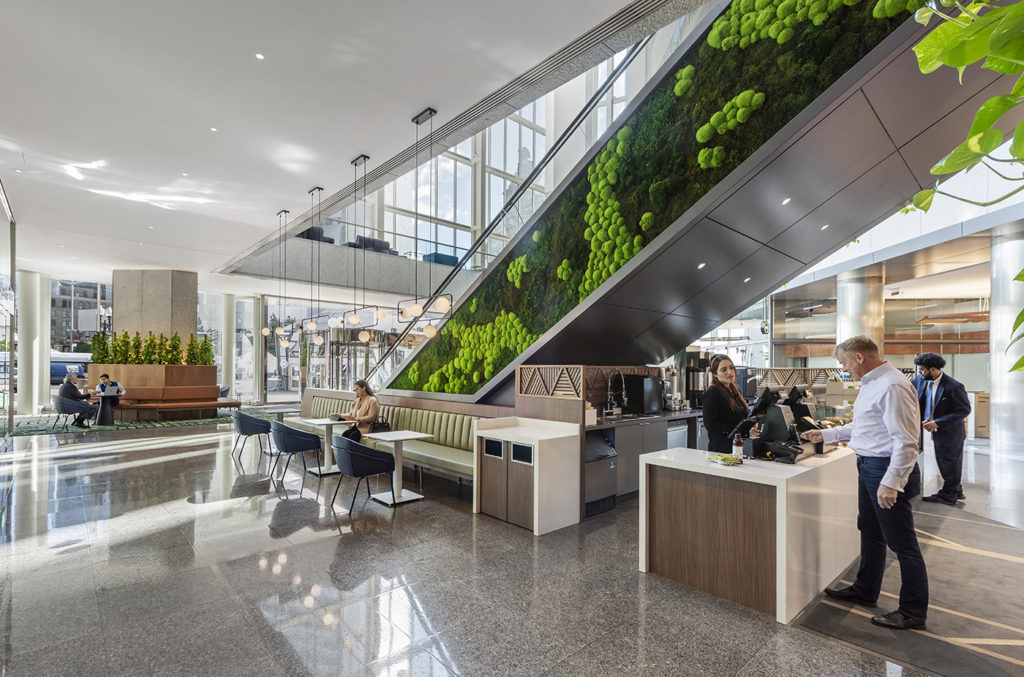
One Financial, Boston
Personalization and Human-Centered Design
Personalization is a fundamental component of design, enabling the customization of the experiences to individual preferences and needs. Brands that incorporate personalization into the design of their experiences see a significant 10-20% increase in satisfaction. This trend is evident across various industries, illustrating the shared human desire for recognition and individualism in a “me”-centric world.
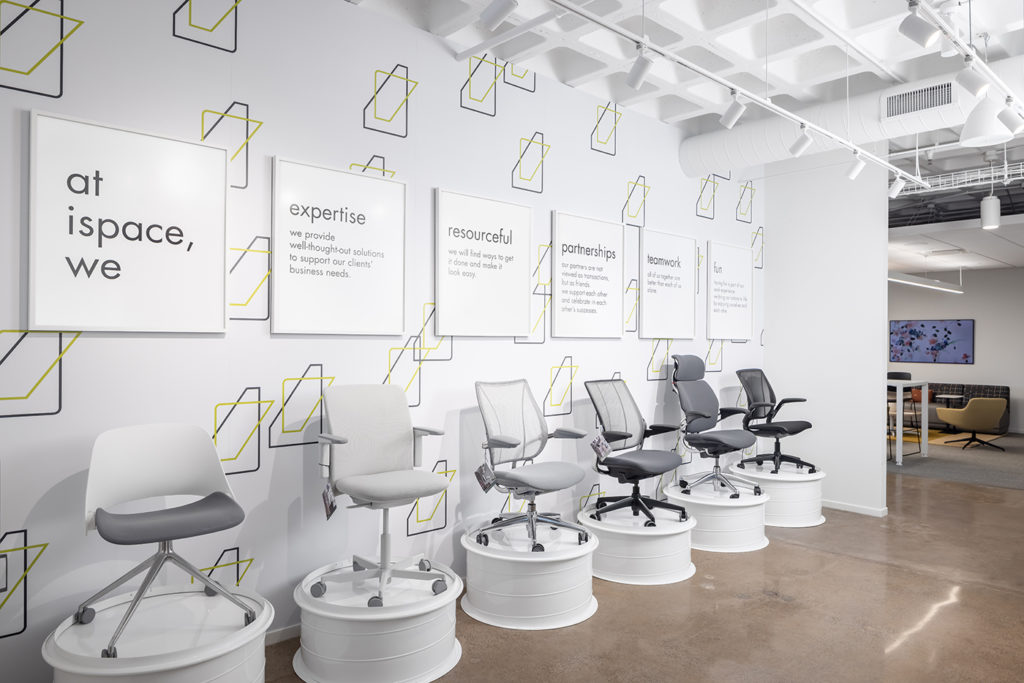
ispace, Minneapolis
Seamless Journeys and Wayfinding
Have you every struggled to navigate a hotel, searched for the restrooms in a workplace, been lost in a store, or been challenged to find your way around a hospital? Effective wayfinding ensures visitors can effortlessly navigate spaces, whether they’re hunting for latest gadget, on their way to a doctor’s appointment, or navigating the new hotel property where they’ll spend their vacation week. According to the International Sign Association, a well-designed wayfinding system reduces confusion and stress levels, enhancing the overall user experience.
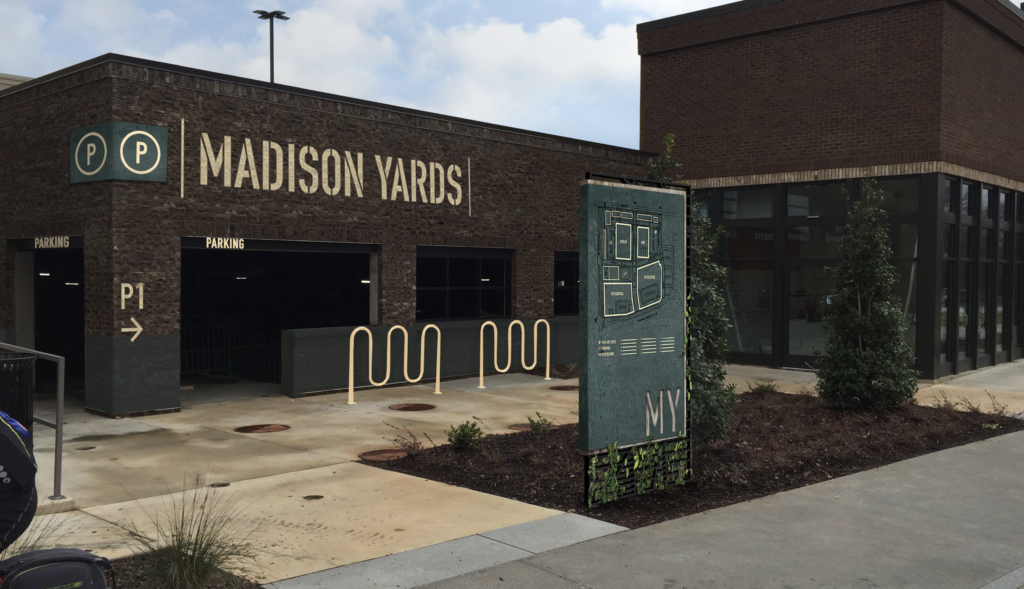
Madison Yards, Atlanta, GA
Tech as an Enabler
Technology has transformed from a simple tool to an essential part of our everyday lives. It’s the thread that ties us to our modern world, shaping our global experiences and interactions. This tethering of humanity to technology is a fundamental aspect of design; we rely on it as our primary source of information, entertainment, and communication. How tech is integrated into the experience can and should range from loud and visible to calm and discovered.
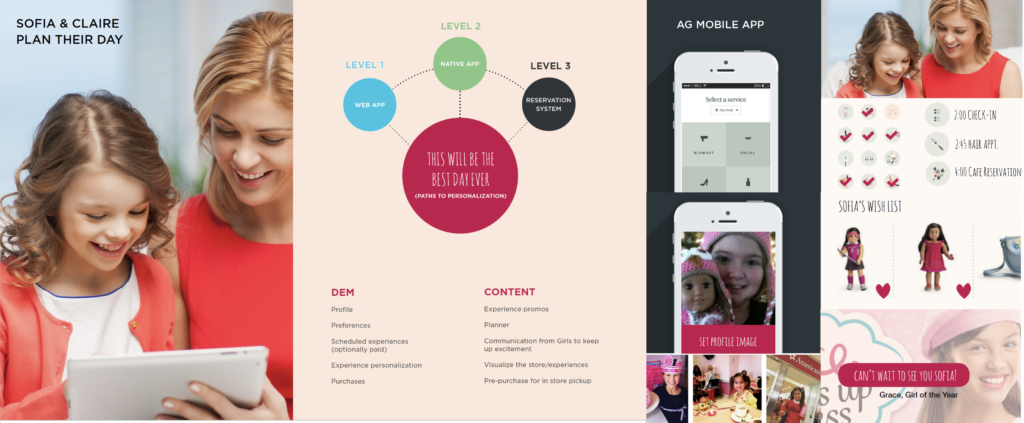
American Girl, Various Locations
The Power of Cross-Collaboration
In today’s interconnected world, it’s increasingly clear that collaboration across disciplines is essential to drive design innovation. Designers, architects, and strategists from all sectors bring distinct perspectives, sources of inspiration, and best practices, opening channels of communication and sharing that unlock the potential for growth, innovation, and positive change. This collaborative dynamic is a testament to the versatility of design principles that prioritize people at the center of every experience, sparking new, exciting possibilities that can shape a brighter, more connected future.
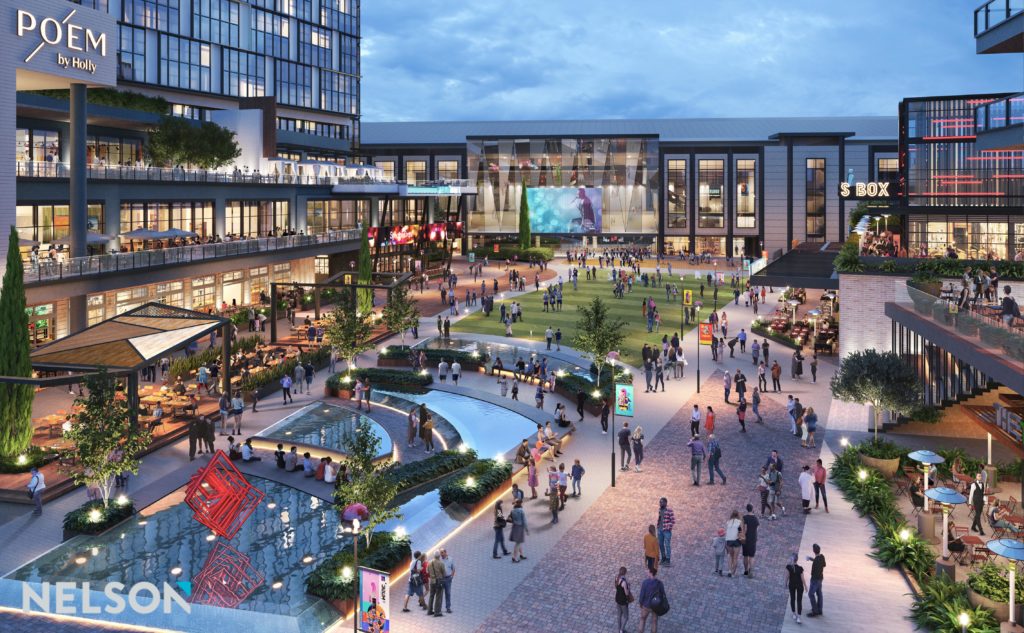
The Gathering at South Forsyth, Alpharetta, GA
As a collective design community, we share a fundamental truth that transcends the boundaries of our individual industry sectors: we have more similarities than differences when it comes to creating, designing, and building experiences that are not only brand relevant but also engaging for us – humans. Whether we’re optimizing workplaces, shaping healing healthcare spaces, crafting relaxing hospitality getaways, increasing productivity in a warehouse, or shaping retail, the core principle remains constant. It’s about putting people, their needs, and their emotions at the center of our creative process. This shared commitment to enhancing the human experience unites us in a common mission, as the universal language of design thrives on its ability to inspire, innovate, and transform the world around us.
American Girl
Evolving Workforce Expectations: Three Key Principles to Support Your Workforce
NELSON Worldwide’s Evolving Workforce Expectations study explores employees’ sentiments about returning to the office, and the impact COVID-19 has had on work environments and employee engagement. As part of our Evolving Workforce Expectations blog series, we’re taking a closer look at each of the key themes that stemmed from our research: communicate, activate, control, and support. Follow along to learn more about each theme and how your brand can pull off a successful re-entry strategy.
As most Americans continue to work remotely, or in-office on a limited schedule, workers have adopted new behaviors, and a different mindset when it comes to work-life balance. With research showing most want to return to the workplace, it is clear that a strong sense of support from employers is essential for employees to continue working successfully; remote or not.
Moving forward, the relationship between employees and employers will operate with a high degree of trust, dependent on three key principles. Giving employees the tools they need to stay engaged, updating work policies and the workplace environment to be more flexible, and finding ways to foster growth and value are the three keys to making employees feel more supported at work.
Empower Employees with Tools for Engagement
Before the pandemic, most companies operate under the assumption that offices were critical to productivity and community. Now, even though priorities have shifted, working remotely shouldn’t be a reason to halt these efforts. Thanks to ever-evolving technology, reinforcing company culture and creating community is still possible, even while working remotely.
- Build a virtual community, employers can create a ‘digital community wall’ to celebrate teammate success both in the office and remote
- Provide perks like subscriptions to exercise, meditation, or bike-sharing apps to build allegiance and reinforce culture
- Create rules and recommendations around the new work-life balance and encourage teammates to breathe or take a creative break during the day
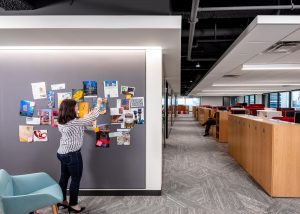
Boston Consulting Group – Atlanta, GA
“Flexify” Policies and Workspaces
Employees are craving control in their personal lives and at work due to the limited amount of control they have surrounding the pandemic. Flexibility can offer them a sense of control they aren’t getting in other areas of their lives.
- Create an environment in the physical setting that can flex throughout the day to better support more flexible hours, consider both early risers and night owls
- Offer dedicated spaces for a wider range of purposes/needs like in-person meetings, virtual meetings, and even digital content creation like podcasts, webinars, and more
- Extend or stagger work hours could to aid in safe office capacity and usage
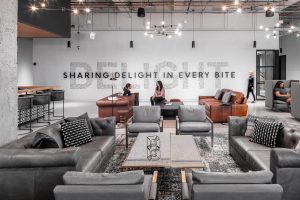
Ferrara Candy Company – Chicago, IL
Create a Multi-Sensory Setting
When combining a potential talent war with the flexibility and comfort of working from home, employers must make the physical office a sought-after destination again. Brands will need to differentiate themselves so that top talent not only wants to work for them but want to come into the office regularly.
- Take cues hospitality such as adding a signature scent or soothing sounds to make employees feel welcomed each day
- Consider an original food and beverage concept, either bringing in localized food offerings or even an on-site chef, so grabbing snacks and meals is satisfying and convenient for workers
- Offer a visually appealing environment that makes an impact, and is somewhere where employees can feel energized and inspired
- Learn from the retail industry by incorporating temporary activations or pop-ups to generate buzz and excitement and induce a feeling of exclusivity and something no one wants to miss out on
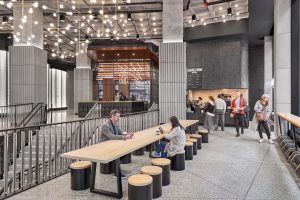
Nomad Tower – New York, NY
What matters most is doing what is authentic and genuine to the brand. Employees will sniff out deception immediately if the support feels forced or doesn’t align with the overall brand culture and values. Whether it’s new policies and programs, or new seating arrangements and office furniture, the goal is to help employees achieve success and have the most positive experience possible at work.
DNA Podcast: The future of the A&D firm library
Design industry experts share solutions for optimizing the A&D firm library amid physical and digital shifts.
Teammate Kristin Cerutti explains NELSON’s more digitally-focused approach: “We are no longer going to store any book of any sort in our library. If you need a loose sample, you can order it. That gives us more layout space, wall space, to attach monitors, to pin things up for people to be able to post some cool new thing that they’ve seen and share it with everybody else.”
Read more or listen with Think Lab here.
The (New) Experiential Amenities
The amenity war rages on, but today’s workplace offerings have never been more wide-ranging. From virtual programming to convenience-based apps, employers looking to differentiate are having to reimagine what constitutes an amenity. The pandemic has shifted consumer behavior and the role of the workplace and soon it will be up to brands to create a differentiated foundation for programming, engagement, and collaboration that employees not only want to return to but cannot be replicated at home. The traditional definition of amenities will expand to support lifestyles – both in and outside of the physical office – and successful future perks will be a blend of digital offerings and experiential environments.
Virtual Equity
From virtual coffee meetings to subsidizing health-related apps, employers are using tech to keep staff connected with more dynamic teams than ever before. The pandemic has created a new blended workplace that will need to thrive for future company success. And that means not only offering virtual amenities, but providing those that better help bridge the gap between the remote worker and the physical office. Consider social networking apps like Houseparty that encourage serendipitous video chats between blended teammates or virtual office platforms like Cosmos that add a layer of gaming to employee collaboration, allowing users to actually create a custom aviator. There are plenty of options, find a solution that fits your unique brand to better address the future of dynamic collaboration for all teammates.
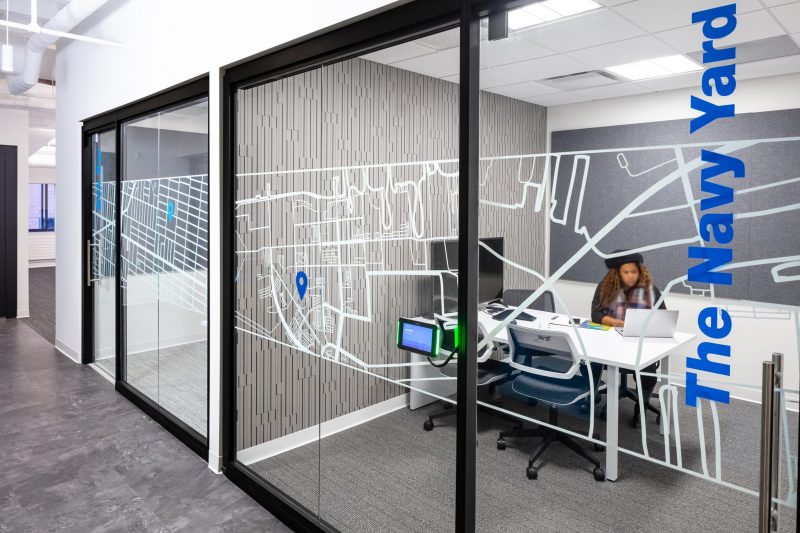
Flexible Futures
Amenities can’t be a one-size-fits-all solution, the offerings must allow employees to customize based on their needs, job responsibilities, and even region. While teammates in urban settings may prioritize an app that expedites their commute, like a membership to RideAmigos or JumpBikes, employees in the suburbs might prefer an on-site yoga room or Zoom studio. Consider conducting employee surveys to understand your teammate breakdown to provide more relevant offerings. Employee satisfaction will stem from feeling in control of their environment – especially after such an out-of-control year. The more choice you can offer teammates, the better position you’ll be in to attract and retain top talent.
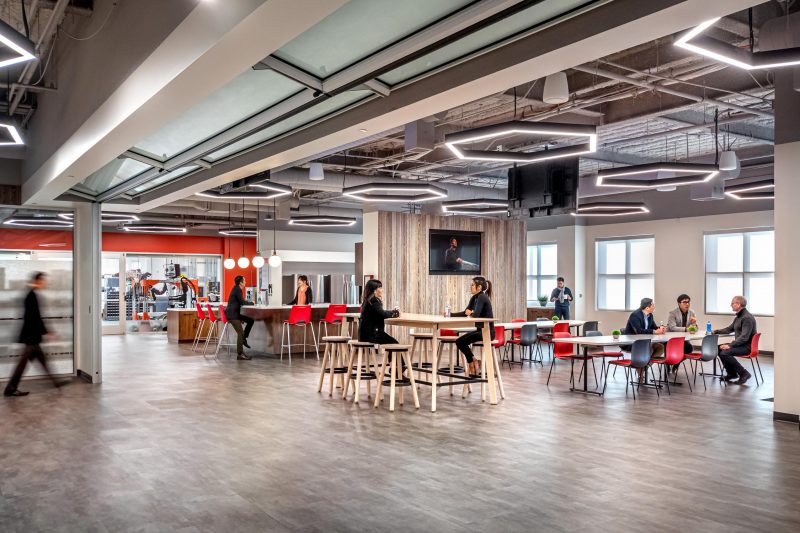
Innovate F&B
Brands will need to get creative to offer a differentiated food and beverage experience for their employees, with safety in mind. Consider win-win partnerships with local restaurants, food trucks, catering apps like Relish, and even cloud kitchens, to offer employees unique, localized food offerings in a more controlled environment. Create dedicated drop-off zones for food delivery with warming drawers, refrigerators, and disposable utensils to reduce touches and streamline the process.
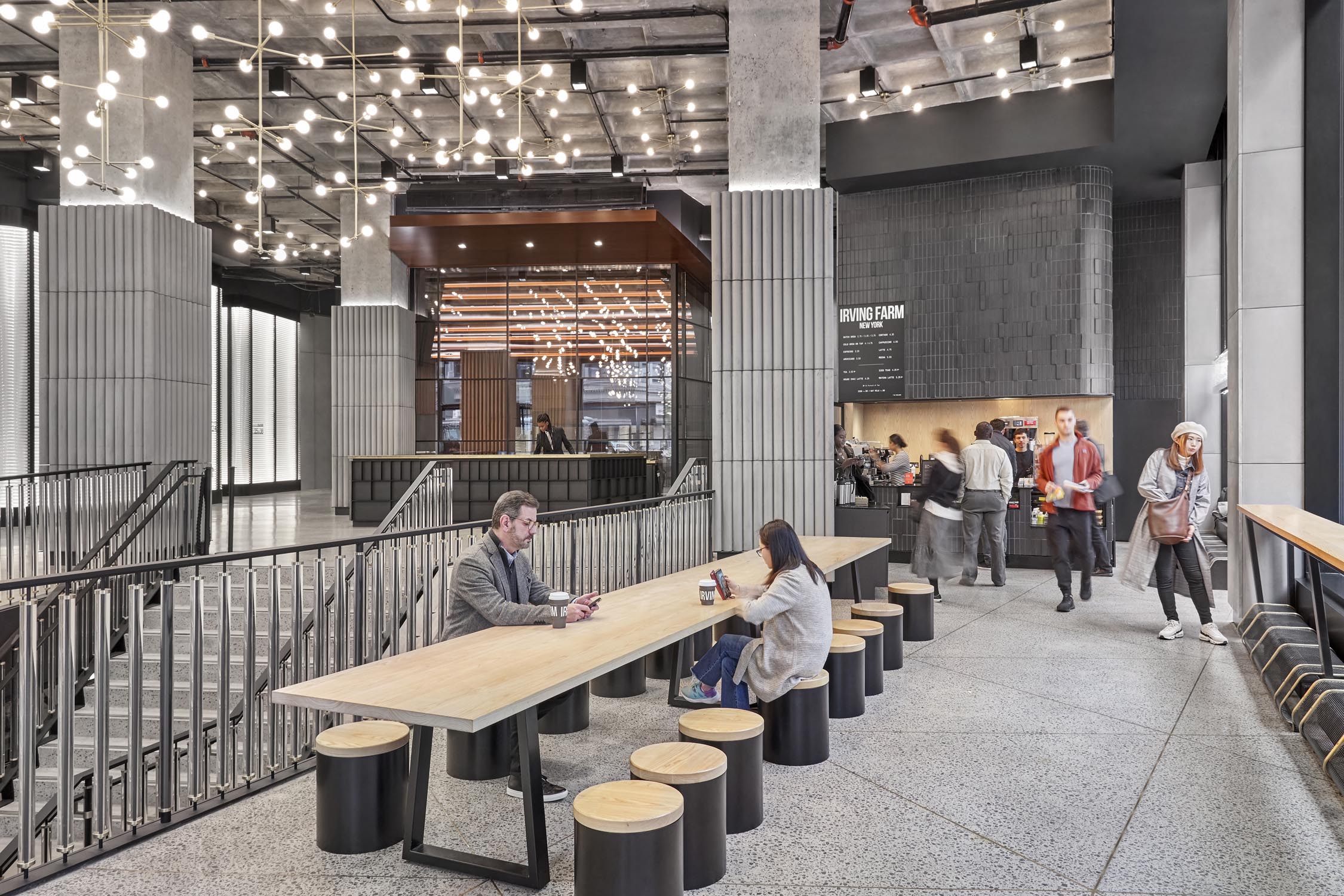
All Season Entertainment
With so many employees embracing the working from home experiment, the role of the office is shifting. While heads-down work can easily be accomplished at home, the office will be need to be transformed into a social destination – an experiential hub for brands, dedicated to hosting clients, encouraging employee engagement, and facilitating teammate collaboration – and amenities will need to follow suit. Consider creating more elevated, year-round spaces that can flex depending on the occasion (don’t forget after-hour usage) and get employees excited about an excuse to return to the office.
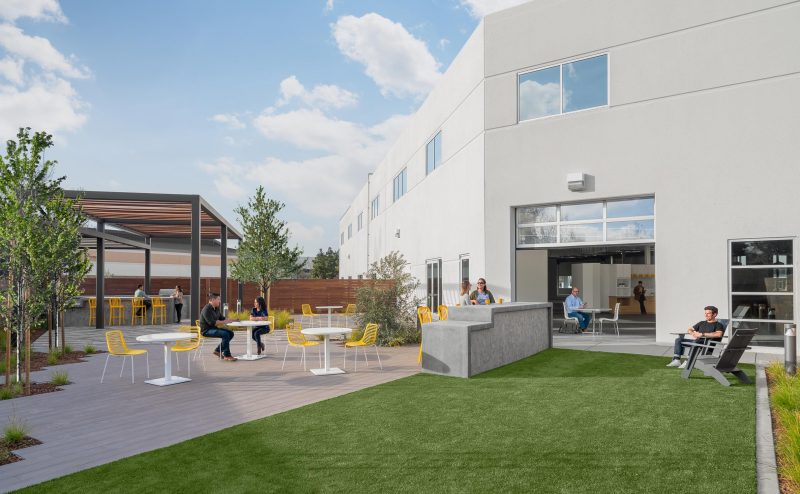
Wandering Wellness
A healthy lifestyle is nothing new, but a renewed focus on holistic, outdoor wellness will reign supreme in the coming years. Create differentiated amenities like hiking trails, dedicated meditation areas, or artificial turf for multi-purpose events and activities, to allow your employees to unwind and recharge in a safe environment. If you’re short on square footage, consider app subscriptions for on-demand content like Headspace, LulaFit, or Peloton.

Elevated Convenience
During the pandemic, most consumers quickly adjusted to relying on amenities once thought to be indulgent. From grocery delivery to virtual doctor visits and direct-to-consumer movie screenings, we became reliant on these elevated services at the touch of a button. This increased expectation on convenience will not go away with the pandemic and employers will need to address this learned behavior with frictionless offerings for employees. Think of concierge service-type apps that can schedule doctor appointments, food delivery, dry-cleaning, order office supplies or corporate gifts.
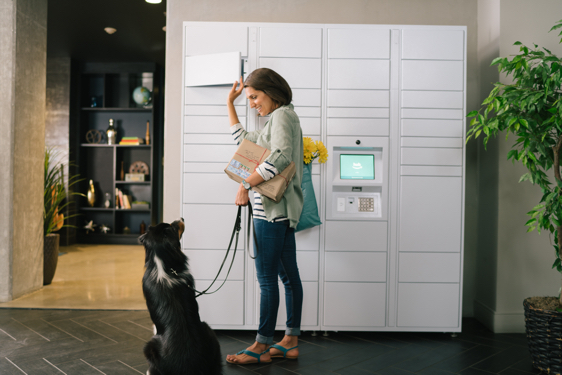
Interior Design: Recent promotions and hires in the design industry
Blaik Ritchie has joined Nelson Worldwide as vice president and mixed-use business leader. Ritchie brings over 30 years of experience to his new role and has produced projects throughout the United States as well as Africa, Europe, and South America.
Additionally, Jennifer Acevedo has been appointed senior director of insights and brand marketing. She previously served as the editor-in-chief and associate publisher of Visual Merchandising + Store Design (VMSD) magazine. Read more with Interior Design here.
Interior Design: On the Move: Top Promotions and Hires in the Industry
Bevan Bloemendaal has been appointed retail practice leader at Nelson Worldwide. Bloemendaal is a brand storytelling expert who brings over 20 years of experience in the industry and will work closely with Nelson leadership to manage business growth and build upon the strong foundation of the retail practice. Prior to joining Nelson, Bloemendaal served as the vice president of global retail experience and creative services at the Timberland Co. Read the full article here.
Teammate Spotlight: Meet Jennifer Acevedo
Meet Jennifer Acevedo, Senior Director of Insights & Brand Marketing at NELSON Worldwide. Jennifer will lead the firm’s marketing efforts nationwide, bringing more than 25 years of experience in creating content around design, strategy, and marketing for retail and consumer brands.
Q: Professionally, what is one thing you want to be remembered for?
As someone who truly loves my chosen profession, I can only hope to be remembered as a person who was intelligent, passionate, empathetic, kind and (with a little luck and the right timing) occasionally amusing.
Q: Where did you grow up?
As a child, my family moved around quite a bit. I was born in Queens, NY, and spent the first part of my childhood there, but by the time I graduated high school, I’d attended three different schools in four years. What I learned was how to be adaptable to new situations, and because I spent my freshman and sophomore years at an international school in Caracas, Venezuela, attended by students from around the world, I gained an appreciation of vastly different cultures from a young age.
Q: What is a quote or mantra you live by?
As a writer, there are so many great quotes that come to mind. But I think that for creatives especially, the fear of failure can be incredibly daunting, so I remind myself often of the Sylvia Plath quote, “The worst enemy to creativity is self-doubt.”
Q: What is a song or album that helps pump you up or get excited?
I’m a Gen X-er, so anything ‘80s new wave or ‘90s alternative/hip hop makes me very happy. Right now, though, I’ve got Black Pumas’ debut album from a couple of years ago in heavy rotation.
“I am grateful for the opportunity to work with some of the most talented strategists, designers, and architects in the industry. I’m excited to participate in projects that combine my passion for storytelling with my innate fascination of how behavior and trends influence the built environment.” – Jennifer Acevedo
Interior Design: On the Move
Loren Nelson has joined the architecture, design, and strategy firm Nelson Worldwide as vice president, market leader, and national leader of multi-family sales.
Additionally, Nelson has formed a partnership with the branding consultancy firm Tate + Hansen. Their collaboration will be recognized as THNW. Together, the firms will share their global presence, services, knowledge, and relationships to amplify the voices of underrepresented minority groups in the industry.
Read more with Interior Design here.
What If Every Game Day was Super Bowl Sunday?
For fans, this Super Bowl weekend was an opportunity to eat, drink, and have fun together. For professional sports teams, it was an opportunity to possibly glimpse the future of their business.
To be fair, the Super Bowl is America’s preeminent sporting event, and there was probably more than one trend-setting aspect to the event. But this year’s Super Bowl–and every Super Bowl, really–neatly frames the opportunity teams have if they invest in creating experiences at their home games that go beyond the action.
According to the National Retail Federation, 220.5 million adults planned to watch this year’s game between the 49ers and the Chiefs. Those adults were expected to spend an average of $86.04 per person, or $17.3 billion in total. But, and this will surprise no one, only 44% of those adults said that the game itself was the most important thing to them this weekend.
That means that half of those who planned to watch–nearly 100 million people–took a few hours out of their Sunday and nearly $100 dollars out of their pocket for something they might not have cared that much about.
Now, of course, we know that’s not really true: They cared about the Super Bowl.
But it isn’t the game they care about. It’s the experience of the game.
It’s the parties. It’s the drinks and food. It’s the commercials and the halftime show. It’s the connection with friends, family, and neighbors who are all doing the same thing at the same time. It’s the totality of the event, with the action on the field being a complement.
Don’t believe it? Consider one more stat: Of those who were planning on spending money, only 13% planned to spend money on team apparel. The rest of it was going to food and beverages, decorations, furniture, and TVs.
As they say, it’s only a game.
So, theoretically, teams could significantly increase their audience if they made their home games more like the Super Bowl. But every game can’t be like the Super Bowl.
Or could it?
Many teams are taking steps to bring core elements of experience to each and every home game. Mixed-use districts like The Battery, a NELSON-designed development adjacent to Truist Park, home of the Atlanta Braves, created an opportunity for Braves fans (and anyone else) to gather, eat, shop, and more before and after each game. On a good night, the Battery might resemble the scenes in Las Vegas this past weekend.
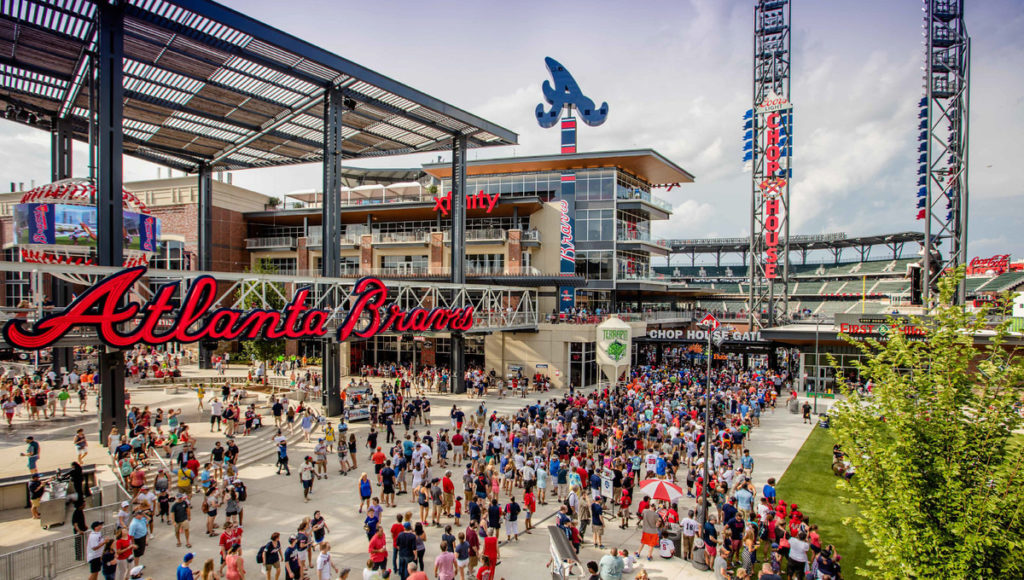
The Battery in Atlanta draws 10 million visitors annually, and only three million are there to watch a ballgame.
And this is where it really gets interesting. There doesn’t even have to be a game for this to take place. Like any great neighborhood, the Battery is open daily, year round, meaning those same fans are there even when the Braves aren’t. Consider that the Battery had 10 million visitors last year, and only three million of those were there to see a baseball game.
Not only is investing in experience an interesting opportunity for teams, it might be an imperative. A 2023 report by Deloitte states that while Gen Z and Millennials are avid sports fans, they do not consume sports content the way that Generation X and Boomers do.
Unsurprisingly, these differences are related to technology. Younger fans are less likely to watch a game live than older fans; they’ll catch it on YouTube later. And they are also more likely to be doing something else — checking stats, looking for reactions on social media, or watching another game on a separate device — all while the game they are watching is on.
Put another way, they’d rather watch fans blow each other up on Twitter than high five a stranger after their defense blows up a slow-developing screen pass..
For many, the thrill of sports will never diminish. They want to see the Hail Mary, the walk off, or the buzzer beater, and the artistry of top athletes lives forever in their minds. For others, they love the energy of the game, but it’s the way that energy radiates out from the event that really excites them.
Smart teams will find a way to capture both audiences.